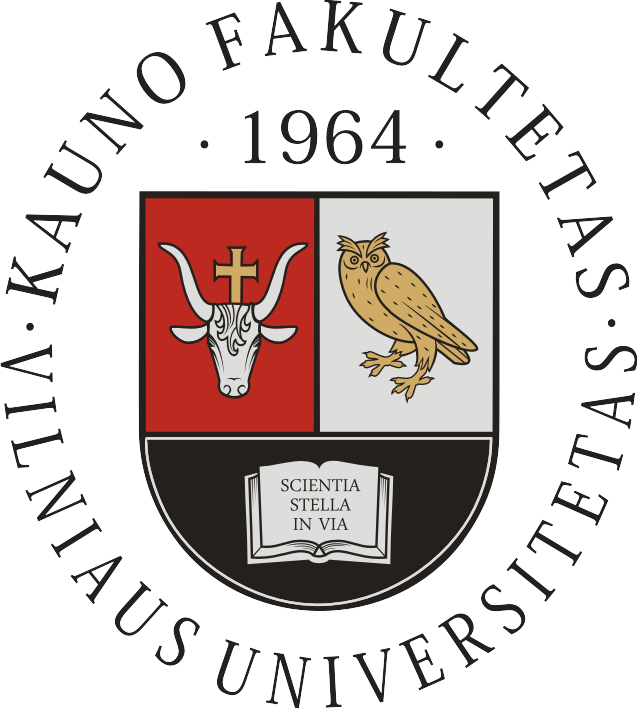Transformations in
Business & Economics
- © Vilnius University, 2002-2023
- © Brno University of Technology, 2002-2023
- © University of Latvia, 2002-2023
Article
The Impact of Institutional Distance on Value Added Trade from the Perspective of Global Value Chain1
Shijun Zhai, Yan Zhou
ABSTRACT: With the frequent imports and exports of intermediate goods, traditional trade accounting methods tend to lead to both inflated and unclear trade flows, ultimately needing a more scientific value-added trade accounting method based on global value chains. To further explore the participation and position of national industries in the global value chain, the value-added portion of domestic production that is consumed by other countries by using the World Input-Output Database (WIOD) was analyzed from the perspective of final demand to reveal the true trade income and economic relationship. The impact of institutional distance on value-added trade was explored by constructing an asymmetric one-way processing trade mathematical model and using national panel data econometric models. Results show that institutional distance has a significant negative correlation with value-added trade and that economic institutional distance and financial institutional distance have a greater impact on value-added trade. Additionally, GDP and labor force both have a significant positive correlation with value-added trade, but geographical distance and cultural distance have a significant negative correlation with value-added trade between countries. Therefore, in the context of global value chains, it is necessary to focus on the quality of institutional construction, reduce institutional distance, improve logistics management, strengthen cultural exchanges, stimulate economic and population growth, and promote value-added trade between countries.
KEYWORDS: value-added trade, institutional distance, transaction costs, global value chain
JEL classification: G14, G12, G34
1Acknowledgments: This study was supported by China National Social Science Foundation Project (No. 23BJY027), Postdoctoral Research Project in Henan, China (No. 202003073), and Henan Provincial Government Decision Research Bidding Project (No. 2023JC040).

